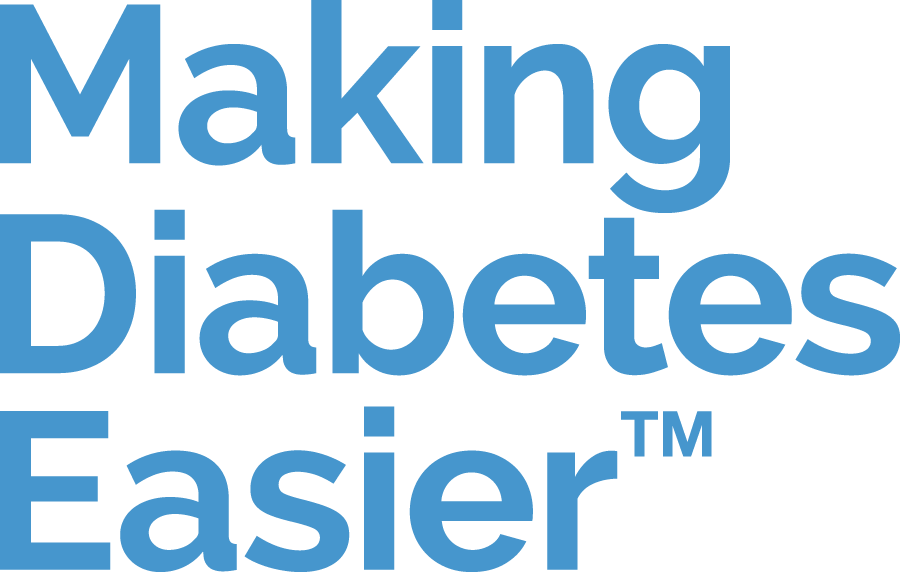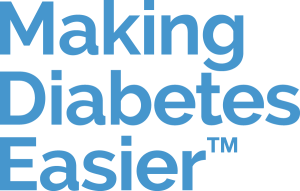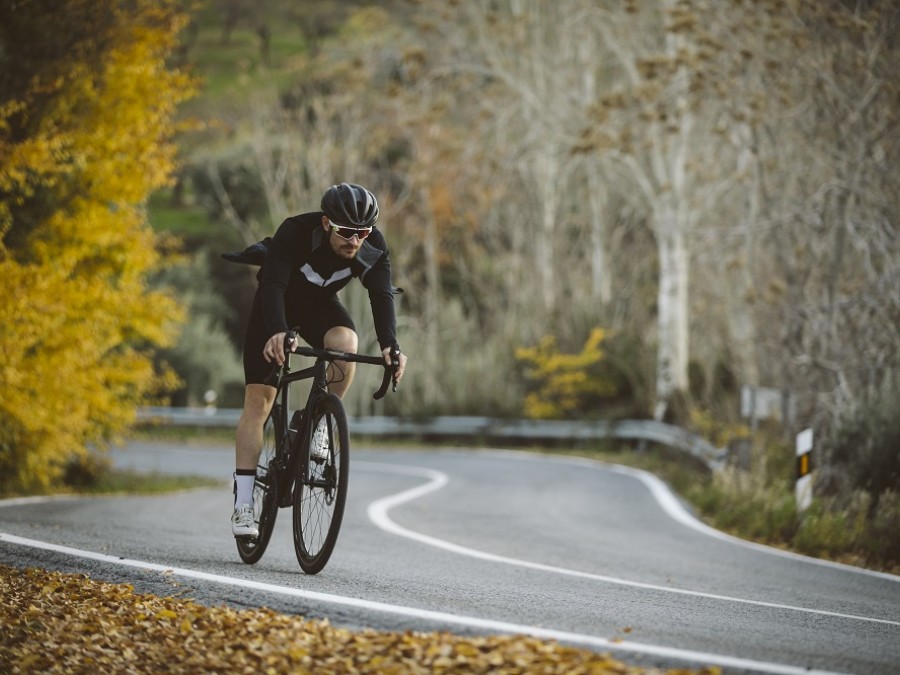Blood Glucose And Exercise: Tips for Exercising With Diabetes
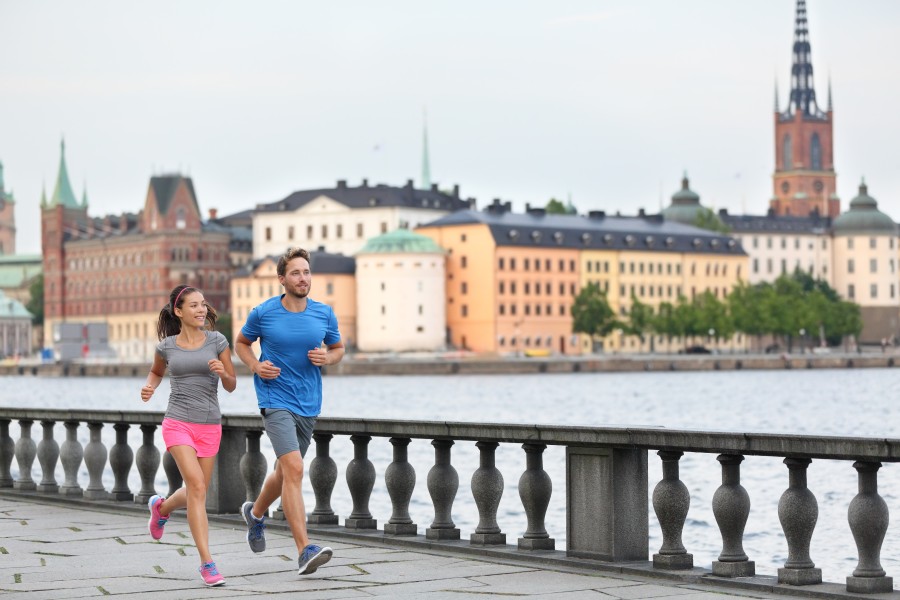
Blood Glucose And Exercise: Tips for Exercising With Diabetes
If you have been recently diagnosed with diabetes, you may be wondering how it will affect your lifestyle and any daily activities you might take part in, such as exercise and sports. Any activity that involves moving your body is a form of exercise, and different levels of movement and duration will affect your blood glucose levels and need some consideration and preparation.
This article will help you understand how exercise will interact with your blood glucose and the things you can do to help keep your blood glucose levels in range as best as you can.
Physical activity, in any form, is great for your overall health and blood glucose management. It’s recommended that everyone should try to do at least 150 minutes of moderate intensity activity a week or 75 minutes of vigorous intensity activity a week. Physical activities and exercise are very personal and should suit you and your needs, whilst taking into account any health conditions, as well as being something you enjoy doing!.
How does exercise affect blood glucose levels?
The effects of exercise on blood glucose levels can vary a lot from person to person. These effects depend not only on the type of exercise that you are doing, but also on the timing of the activity, and the duration, your age and overall health and any surrounding daily routines. You might find your levels go low or high whilst you're exercising, so it’s important to consider planning for both.
Being able to adjust your insulin and food intake so that you can exercise and take part in other physical activities is an important part of your diabetes management strategy, and one that you can discuss with your healthcare team.
Hypoglycaemia and exercise
Sometimes, exercise may lead to episodes of hypoglycaemia (low blood glucose) for people with type 1 diabetes — both during exercise and after physical activity has ended.
Exercise can make the blood glucose-lowering effects of insulin more pronounced, sometimes known as increasing your insulin sensitivity.
Particularly vigorous exercise can act to mask the recognised symptoms of a hypoglycaemic episode, so it is important to be aware of these risks. However, with careful consideration and understanding of how to prepare, hypoglycaemia associated with exercise can be avoided.
Hyperglycaemia and exercise
In contrast, short periods of intense ‘anaerobic’ exercise can cause hyperglycaemia (high blood glucose) in people living with diabetes.
This is because a hormone is released during exercise that promotes the production of glucose as fuel for the muscles. This is expected and occurs in people living with and without diabetes.
In people without diabetes insulin levels rise to reduce the level of blood glucose after exercise has finished.
However, for people with diabetes, insulin levels do not rise in the same way following exercise, and blood glucose levels can remain high.
In people with type 1 diabetes, having little to no insulin to turn your blood glucose into energy can cause over-production of chemicals called ketones. Ketones help your body to burn fatty acids for energy instead of using glucose. With the over-production of ketones, you could be at risk of diabetic ketoacidosis (DKA) which means that there are too many ketones in your blood and it is becoming acidic. This is very serious and can be life-threatening so it needs to be recognised and treated as soon as possible. Check our article to learn all about Ketones here.
Blood glucose before exercise
If you have type one diabetes, you should measure your blood glucose before you start exercising.
The following chart can give you a general idea of what to aim for. (Please note that these are only recommendations and you should speak to your healthcare team about personalised target ranges. This is not a substitute for a comprehensive plan formed between you and your healthcare team):
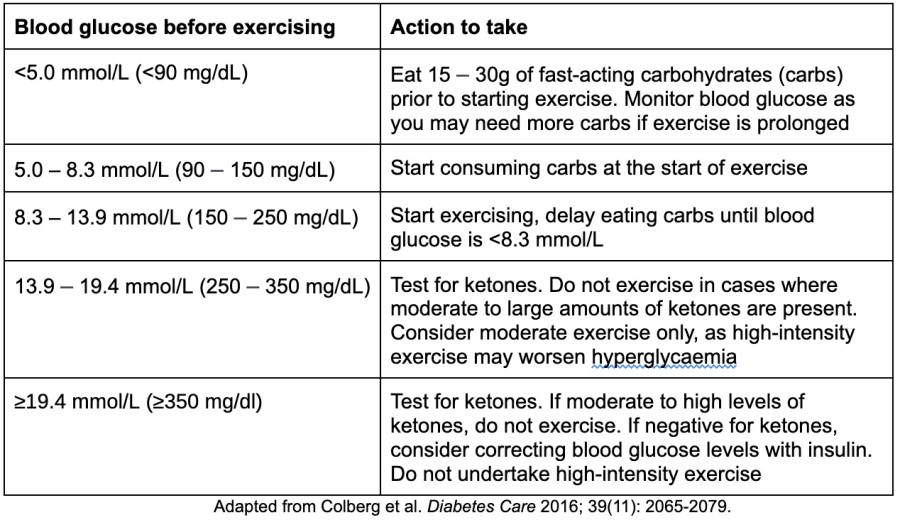
Blood glucose before exercising
Blood glucose during exercise
Everyone reacts to exercise slightly differently.
You may find that you need to take on extra carbohydrates to keep your blood glucose high enough to be in range. You might also find that you need to reduce your insulin dosing to prevent your blood glucose from falling too low.
Blood glucose after exercise
If you have type one diabetes, you should check your blood glucose frequently after exercise; you may find that you need to eat extra carbohydrates or adjust your insulin dosing.
Hypoglycaemia (low blood glucose) can occur soon after exercise — usually within four hours. It can also occur up to 24 hours after exercise has taken place, known as delayed onset hypoglycaemia or late hypoglycaemia.
Both depleted stores of energy in the body and the increased sensitivity to insulin that can occur after exercise can lead to hypoglycaemic events. These commonly occur at night, called nocturnal hypoglycaemia. To offset this risk, you may find that you need to have a snack in the evening, or reduce your evening dose of insulin if you have exercised that day.
The benefits of exercise for diabetes

The benefits of exercise for diabetes
Exercise is important and has considerable benefits in type 1 diabetes. Everyone living with diabetes should try to be physically active.
Some of the important effects are:
- Improved cardiovascular fitness
- Increased muscle strength
- Enhanced sensitivity to insulin
Exercise has a range of benefits for overall health, as well as for managing diabetes.
Blood glucose and exercise – a summary
Exercise is extremely important for people with diabetes, with many health benefits.
Mindful management of your diabetes will be needed — including changes to your carbohydrate intake and insulin dosages — in order for you to be able to enjoy physical activity to the fullest.
Your healthcare team will be there to support you in understanding how to manage your diabetes, and will give you help and advice on how to ensure that you can exercise enjoyably.
Sources
- Colberg, S.R., Sigal, R.J., Yardley, J.E., Riddell, M.C., Dunstan, D.W., Dempsey, P.C., Horton, E.S., Castorino, K, Tate, D.F. Physical Activity/Exercise and Diabetes: A Position Statement of the American Diabetes Association. Diabetes Care 2016; 39 (11): 2065–2079
- American Diabetes Association. Physical Activity/Exercise and Diabetes Mellitus. Diabetes Care 2003; 26 (suppl_1): s73–s77.
- Peirce, N.S. Diabetes and exercise. Br J Sports Med 1999; 33: 161-173
- Horton, E.S. Role and Management of Exercise in Diabetes Mellitus. Diabetes Care 1988; 11 (2): 201–211
- Lumb, A.N., Gallen, I.W. Diabetes management for intense exercise. Current Opinion in Endocrinology, Diabetes and Obesity 2009; 16(2): 150-155 doi:10.1097/MED.0b013e328328f449
